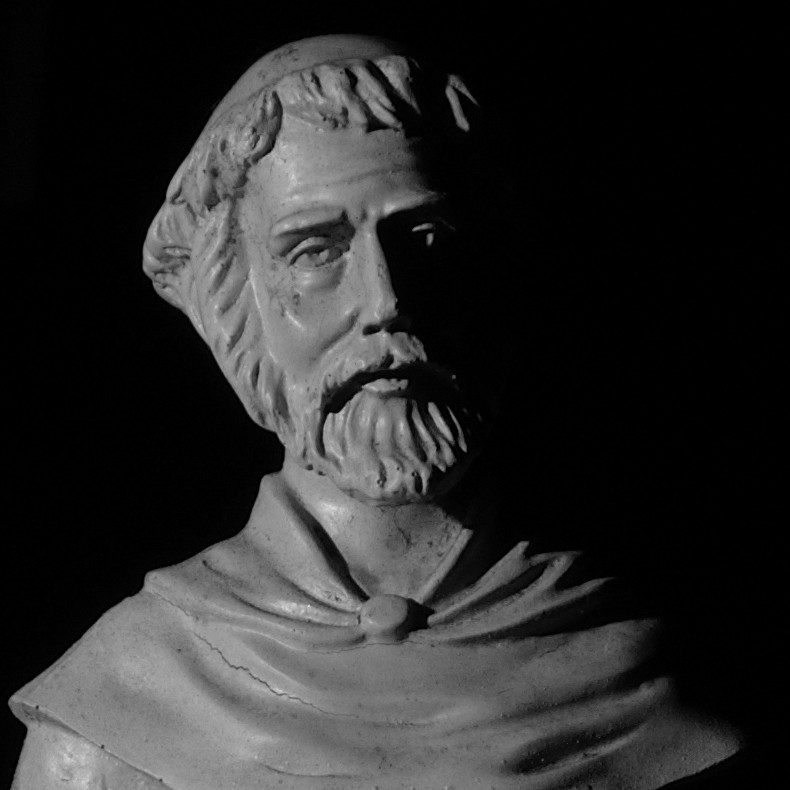So I recently let myself get sucked into a conversation on a Facebook group called Speedlight Fundamentals. In particular, it was a thread started by someone with a simple sentence:
The most important thing you can do with your speed light is to put some rib stop sail cloth over the speed light to soften the light
Which just about gave me an aneurysm (it’s the apparent size of the light source to the subject that gives the qualities most would consider “soft” light).
There was a ton of back-and-forth amongst the group members as armchair experts all weighted in, and in all of the conversation nobody simply took out their gear and shot some test images…
So I did.
So, the OP posited that the best thing anyone could do was to put some diffusion material over the speedlight to soften it. Or, that diffusion material directly over the speedlight would cause the resulting light quality to be “soft”.
By soft, I understand that most people will consider a light source soft if the terminator (I used to be an astronomy geek, so that’s how I understand the term best) between light and dark sections of a subject is a smooth, gradual transition vs. hard and immediate.
So, I quickly set a garden statue up and my light stands and flash. The flash stand is setup about 2 feet away from the statue. It’s a YN560 on the stand. I forget the power setting.
This is the bare flash (no modifier):
This is the flash with some nylon diffusion material over it:
These two are indistinguishable, in my opinion. The diffusion material is the nylon panel from the front of my Photek Softlighter, draped over the flash head.
For comparison, here’s the same exact setup, but with my DIY 20" softbox:
Crops
I also did some 100% crops to illustrate better what I was getting at.
Bare Flash:
Diffusion Panel over flash:
Softbox:
Lower half crops as well…
Bare Flash:
Diffusion Panel over flash:
Softbox:
I didn’t know if this would be helpful to anyone, but remember that to “soften” the shadows of the light, the apparent size of the light source to the subject is what makes the biggest difference.
This is one of the reasons that bounced light can be seen as nice and soft.
And for reference, here is my DIY softbox I built ages ago. I think I got the size wrong in the images, it’s closer to a 20" softbox:










